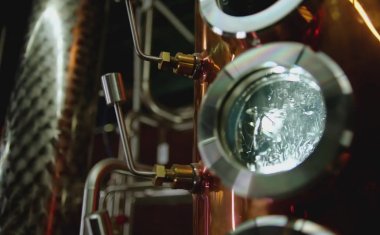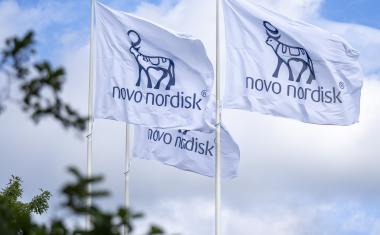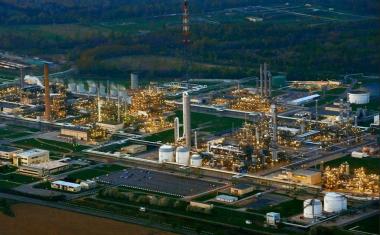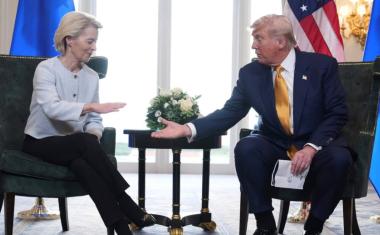Lanxess and Advent Clinch DSM Plastics Deal
German specialty chemicals producer Lanxess and private equity investor Advent International have clinched a carefully constructed deal to buy DSM’s engineering plastics business for around €3.7 billion. The assets will then be merged with the Lanxess engineering plastics portfolio to create a new market player with annual sales of around €3 billion.
Although the buyout partners never confirmed speculation early this year that they were bidding for the activities DSM has successively announced plans to peel off, the duo nevertheless had been tipped to get the nod.
Several other prospective buyers tentatively threw their hats at the ring if not into it. As one of the last, Austrian petrochemicals group OMV recently said it planned to participate in the next bidding round. Earlier, the Bloomberg news agency reported that privately owned Koch Industries was a potential bidder, while private equity investor SK Capital is believed to have looked at the business.
Lanxess announced in November 2021 that it planned to carve out its PA- and PBT-focused High Performance Materials (HPM) division into a legally independent entity. Observers speculated at the time that this could be the prelude to exiting the business that is part of its legacy from Bayer – the now Cologne-based company was spun off and floated in 2004.
Under the terms of the transaction announced on May 31, Advent will hold “at least” 60% of the new joint venture’s equity. Lanxess will receive an initial payment of €1.1 billion from its private equity partner and a share of 40% in the new plastics maker for which no name has yet been announced. Day-to-day operations of the JV will be financed through equity from Advent and external debt.
After the asset transfer, the German chemical producer will no longer consolidate the HPM businesses but will report sales and earnings at equity in its financial statements. Lanxess will use proceeds from the transaction to pay down debt and strengthen its balance sheet. The company also will initiate a share buyback program with a volume of up to €300 million.
At the earliest three years after completion of the deal, expected in the first half of 2023, Lanxess will have the option to sell its stake to Advent at the same valuation. The partners speculate that the JV’s EBITDA margins could then be higher as the combination and enhanced critical mass could generate strong synergies.
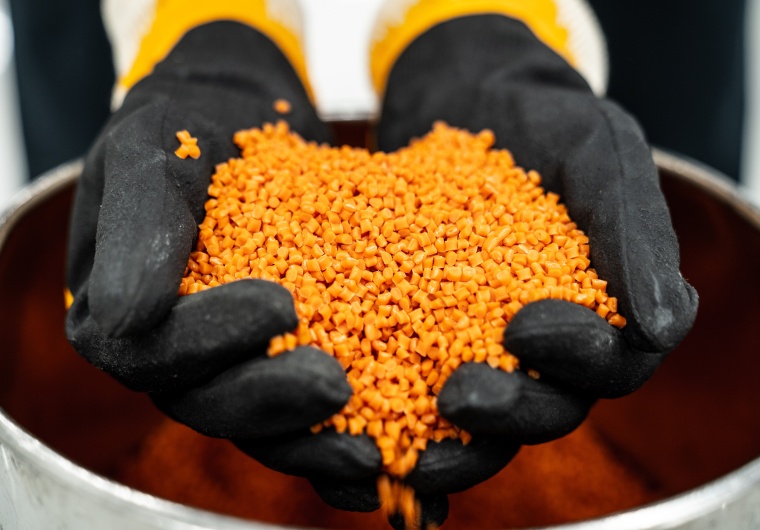
Portfolios complement each other
It is not clear whether the European Commission, which functions as the EU’s antitrust authority, will mandate any sell-offs. Most observers believe this is unlikely, however, as the portfolios are largely complementary, and the PA assets highly specialized.
Lanxess CEO Matthias Zachert said the two plastics portfolios, value chains and global positioning “complement each other perfectly.” Also, he noted that the global production network is characterized by a high degree of backward integration.
Both the businesses to be merged have annual sales of around €1.5 billion, though DSM’s more specialized product lines have higher margins, at slightly above 20% of EBITDA, compared with 14% for the Lanxess slate. The Dutch workforce totals 2,100, while the German activities employ 1,900.
The Lanxess HPM spinoff also includes a Urethane Systems business unit, which the company has indicated could be divested in the medium term as it is not a good fit with the engineering plastics units.
The DSM slate is focused on PA 6 and PA 4.6, along with polyester specialties such as PPS, in addition to thermoplastic composites. In April, the Dutch group agreed to sell its protective materials business, which primarily includes its Dyneema fiber brand, to US specialty polymer materials maker Avient for an enterprise value of $1.485 billion. This deal is expected to close in the second half of 2022.
Following completion of the current transaction, DSM has announced it will merge with Switzerland’s Firmenich into what the companies said would be a leading supplier of food ingredients and beauty and well-being products.
Author: Dede Williams, Freelance Journalist

